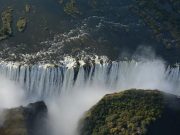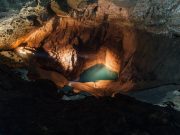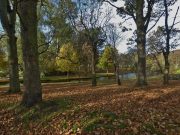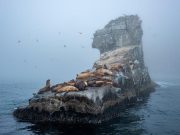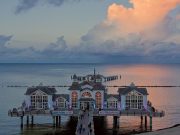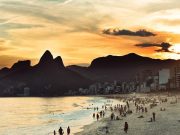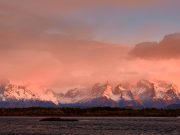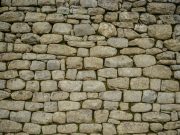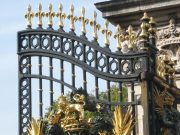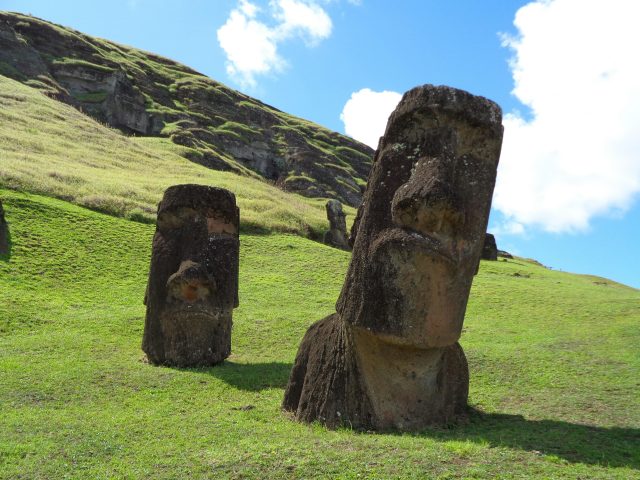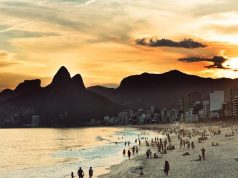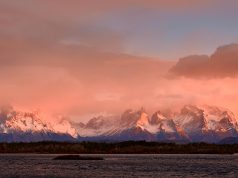In the vast expanse of the Pacific Ocean, over two thousand miles from the nearest continental shore, lies a remote and enigmatic land steeped in mystery and intrigue—Easter Island. Known to its native inhabitants as Rapa Nui, this isolated speck of land has long captivated explorers, historians, and archaeologists alike with its iconic stone sentinels, the moai, and the myriad secrets they guard. As the morning sun casts its golden glow over the island’s rugged terrain, shadows stretch across the landscape, whispering tales of a forgotten past. In this article, we embark on a journey to unravel the enigmatic history of Easter Island, delving into the cultural, archaeological, and environmental puzzles that have puzzled scholars for centuries. Join us as we peel back the layers of time to uncover the hidden truths of this extraordinary island, where every discovery adds a new piece to the ever-evolving mosaic of human history.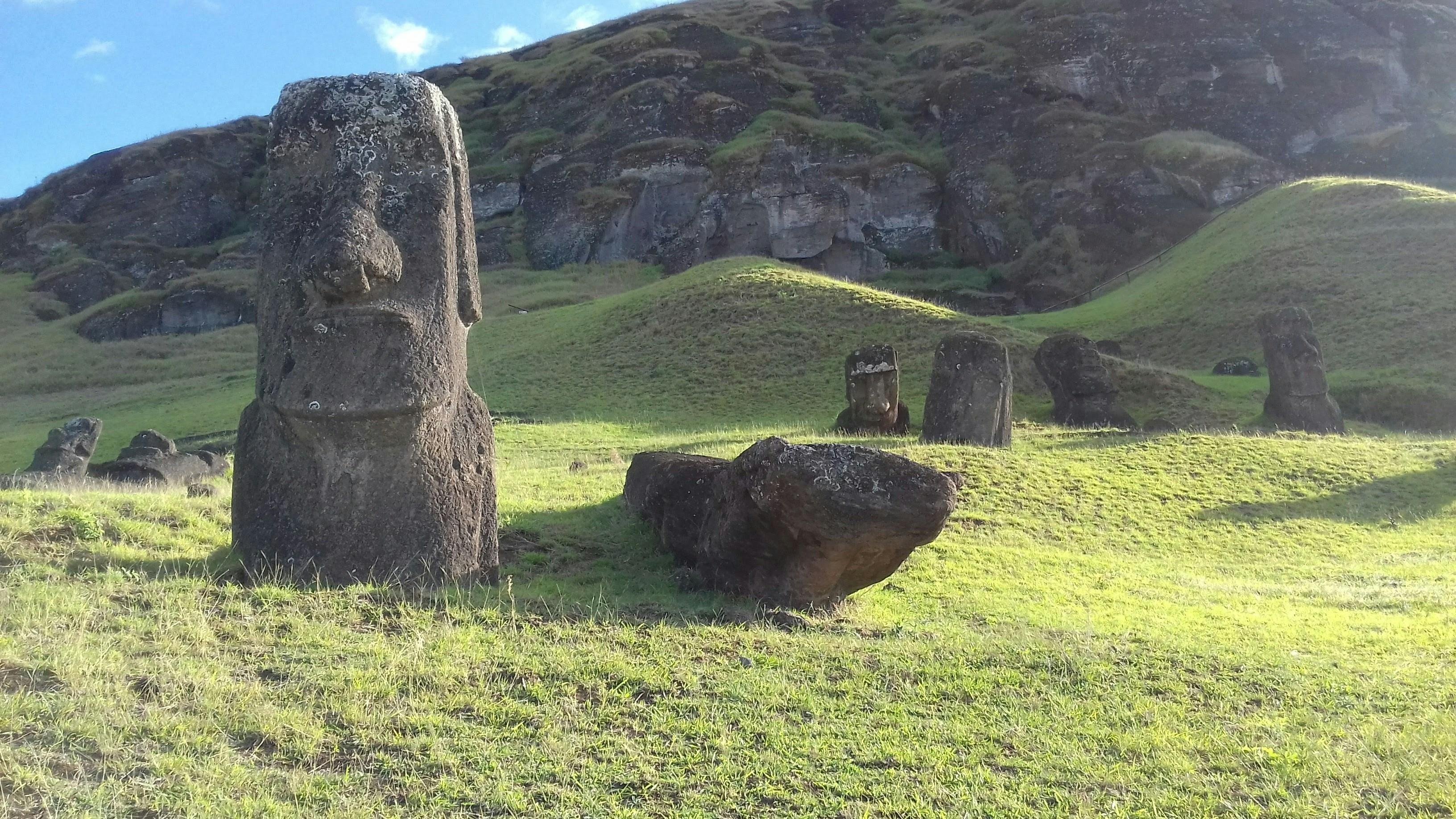 Moai: Delving into Ancient Craftsmanship”>
Moai: Delving into Ancient Craftsmanship”>
Mysteries of the Moai: Delving into Ancient Craftsmanship
The enigmatic Moai statues of Easter Island, standing solemnly against the backdrop of the vast Pacific Ocean, are a testament to the incredible ingenuity and craftsmanship of the ancient Rapa Nui civilization. Carved from volcanic tuff, these monumental figures are not merely artistic expressions but are believed to hold spiritual significance. The meticulous details, from the elongated ears to the distinctively carved lips, suggest that these sculptures were not only crafted with skilled hands but also with a profound sense of purpose and cultural identity.
Historians and archaeologists continue to explore how the Rapa Nui people, with their limited resources, managed to transport these colossal figures—some weighing up to 82 tons—across the island. Theories abound, and among them, some suggest the use of wooden sledges, while others propose that the statues were ’walked’ to their locations using a sophisticated system of ropes and manpower. Fascinatingly, the Moai are often found perched atop ceremonial platforms called ahu, which further underscores their significance in the island’s ceremonial and communal life. Despite centuries of weathering, the Moai continue to inspire awe, inviting us to delve deeper into the mysteries of their creation and the ancient society that brought them to life.
- Carved from volcanic tuff
- Significant spiritual and cultural importance
- Theories on transportation methods
- Located on ceremonial platforms (ahu)
The Rapa Nui Civilization: A Tale of Resilience and Innovation
Amidst the vast expanse of the Pacific Ocean lies a small island, known not only for its monumental stone statues but also for the fascinating narrative of a civilization that thrived against the odds. The Rapa Nui people, the original inhabitants of Easter Island, exemplified a unique blend of resilience and innovation. Despite the island’s isolation and limited resources, they developed a society marked by remarkable achievements in agriculture, artistry, and societal organization.
The ingenuity of the Rapa Nui is reflected in their ability to adapt to their environment. Key elements of their success include:
- Resourceful Agriculture: They transformed the island’s volcanic soil into fertile land through innovative farming techniques, allowing them to sustain a growing population.
- Moai Construction: These iconic statues, crafted with incredible precision, demonstrate their sophisticated understanding of engineering and teamwork.
- Social Cohesion: Their ability to organize labor for large-scale projects highlights a complex social structure, essential for maintaining order and progress.
The Rapa Nui’s story is a testament to human adaptability and creativity, offering valuable lessons in sustainability and community resilience.
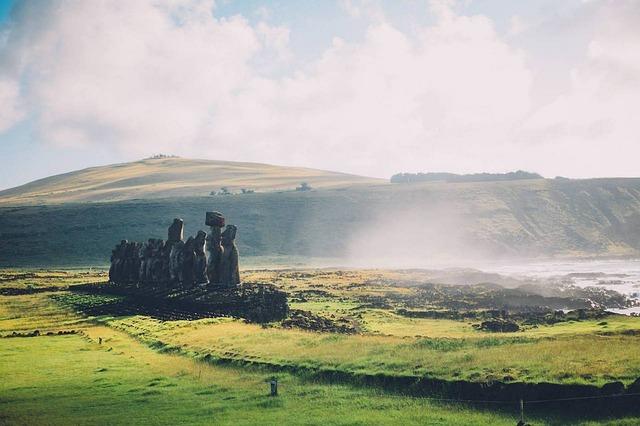
Preserving Heritage: Strategies for Sustainable Tourism
- Community Involvement: Engaging local communities is crucial for sustainable tourism. By involving the indigenous Rapa Nui people in decision-making and offering them opportunities in the tourism sector, we ensure that their voices are heard and their traditions are preserved.
- Education and Awareness: Informing tourists about the cultural and historical significance of the Moai statues can foster respect and admiration. Interpretive centers and guided tours can provide visitors with in-depth knowledge, encouraging them to become ambassadors for preservation.
- Controlled Visitor Access: Implementing visitor limits and scheduling tours can help minimize the environmental impact. Designated pathways and viewing areas can protect the landscape from erosion and damage while still offering tourists a memorable experience.
- Support for Conservation Efforts: Allocating a portion of tourism revenue to conservation projects ensures that the island’s unique ecosystem and archaeological sites are maintained for future generations.
- Promotion of Sustainable Practices: Encouraging eco-friendly accommodations and transport options can significantly reduce the carbon footprint of tourism. Local businesses can adopt sustainable practices to align with global environmental standards.
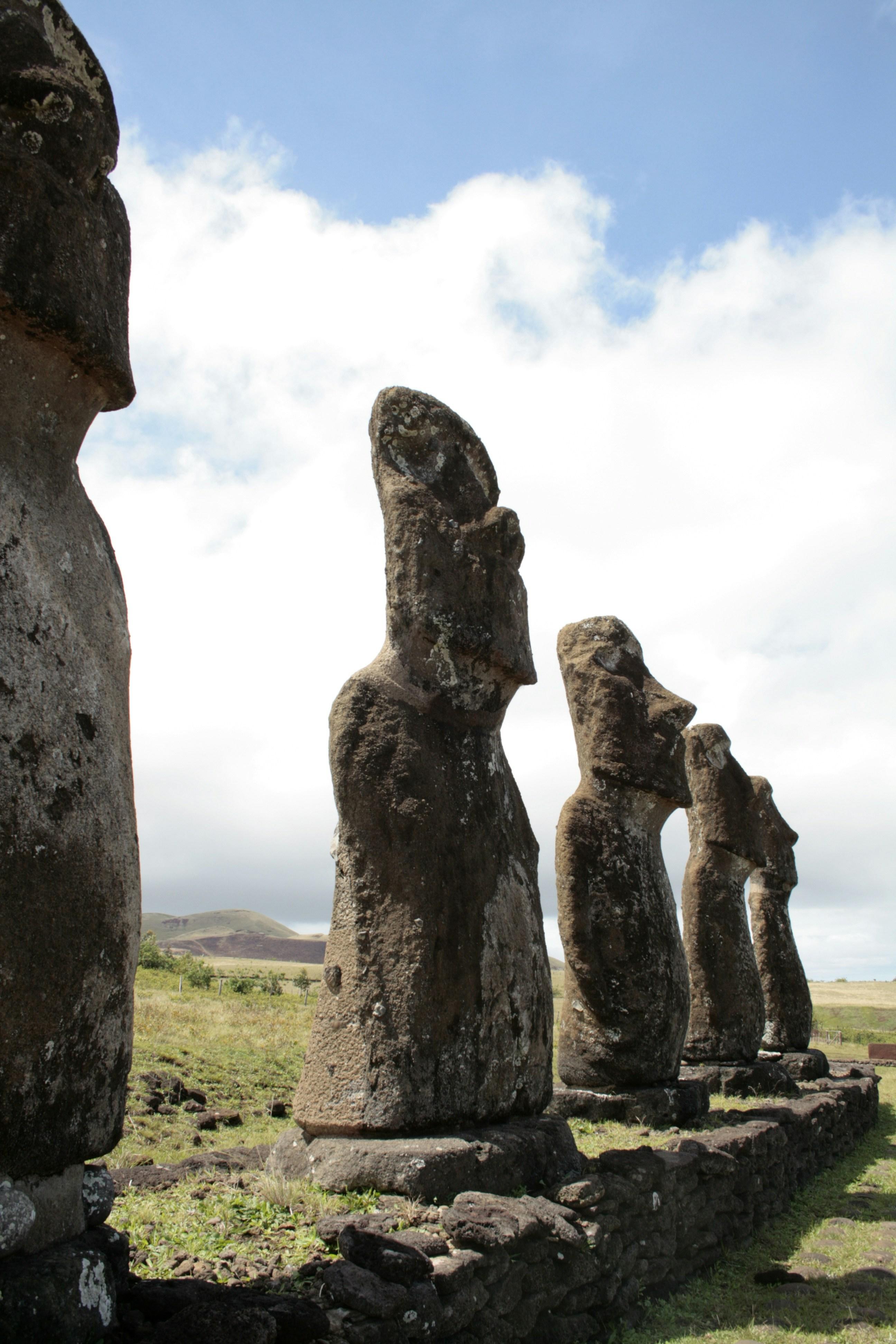
Unlocking the Islands Enigmas: Engaging with Local Narratives
The remote beauty of Easter Island, or Rapa Nui, is not just defined by its iconic moai statues but also by the rich tapestry of local narratives that breathe life into this mysterious land. Engaging with the islanders offers an intimate glimpse into the legends and stories that have been passed down through generations. These narratives are not merely tales; they are living histories that reveal the island’s secrets and the profound relationship between its people and the land.
- Ancient Stories: Dive into the captivating world of the Rapa Nui people, where each story holds a lesson or a reflection of the island’s spirit.
- Oral Traditions: Witness the art of storytelling, where spoken word preserves the island’s enigmatic past and shapes its future.
- Cultural Insights: Explore how local myths influence daily life, from traditional ceremonies to the preservation of natural resources.
By listening to these narratives, visitors can experience Easter Island not just as a destination but as a living entity, rich with secrets waiting to be uncovered.
Key Takeaways
As the sun sets on the enigmatic shores of Easter Island, the mysteries it harbors remain both whispered tales and silent sentinels of the past. Our journey through its rugged landscapes and timeworn traditions offers but a glimpse into a world where history and myth intertwine. While much has been revealed about the island’s monumental moai and the civilization that once thrived in their shadow, countless secrets still linger beneath its windswept surface. It is a reminder that some stories are best savored in the gradual unveiling, inviting us to return and explore anew. As we part ways with this chapter of discovery, we leave with more than answers—we carry the enduring allure of Easter Island, where every stone and story beckons us to look deeper, to wonder, and to continue the quest for understanding.





